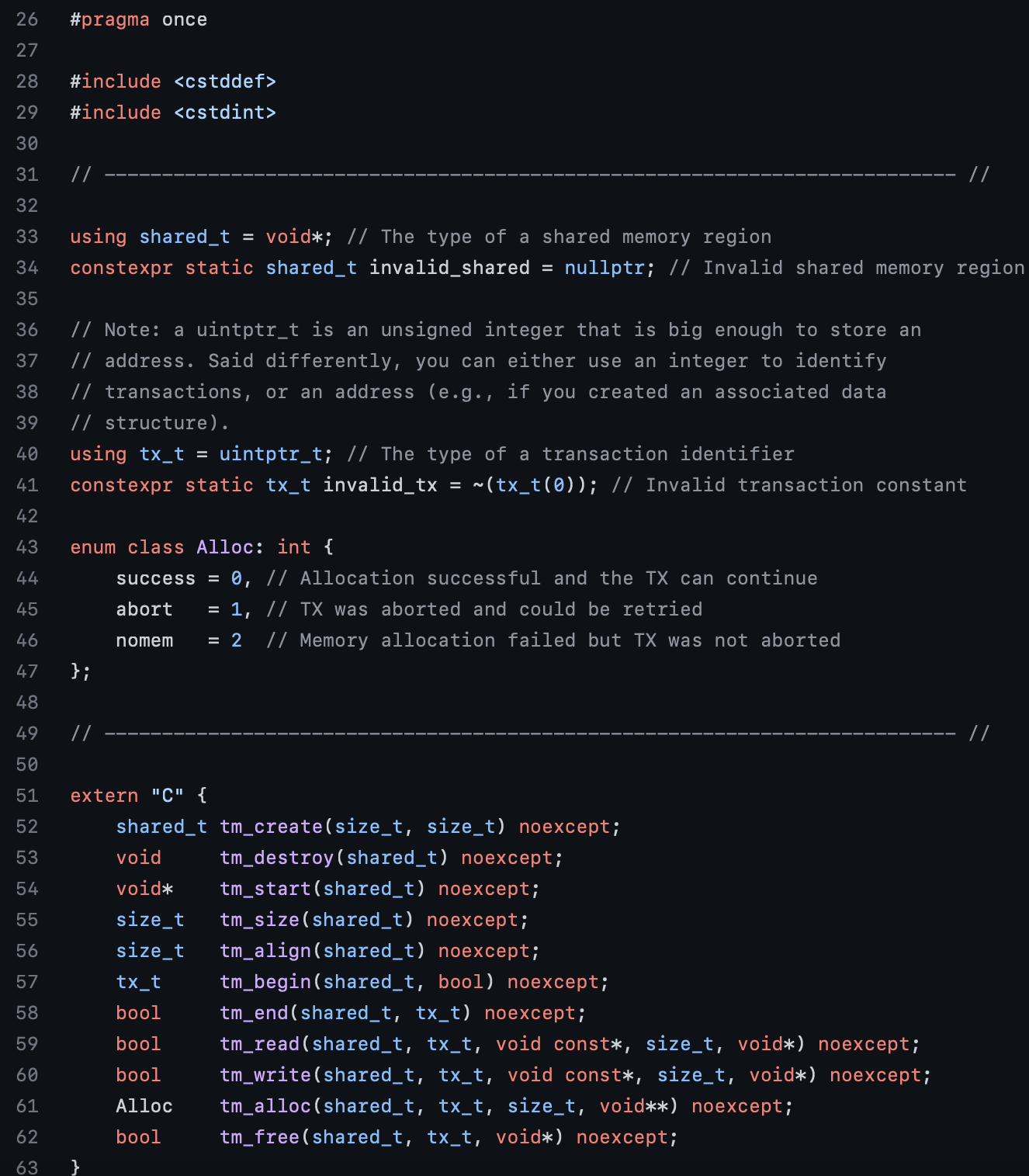My Education
EPFL
Master's degree in Computer Science, Data Analytics specialization
Lausanne, Switzerland • Sep 2022 - Jul 2025GPA: 5.8/6.0 (top 5%)
Coursework:
- Artifical Intelligence:
- Security:
- Distributed Systems:
- Computer Graphics:
- How People Learn I-II: Designing Learning Tools
Politecnico di Torino
Bachelor's degree in Computer Engineering
Turin, Italy • Sep 2019 - Jul 2022GPA: 30.0/30.0 (top student per GPA)
Final Grade: 110 with honors/110
INSA Lyon
Exchange Program - IST Semester
Lyon, France • Sep 2021 - Feb 2022GPA: 18.0/20.0 (top student per GPA in the IST program)
Coursework:
- Networks I-II
- Software engineering
- Operating Systems
- Middlewares Architectures from ambient to cloud computing
- Signal and Image Processing I-II




















